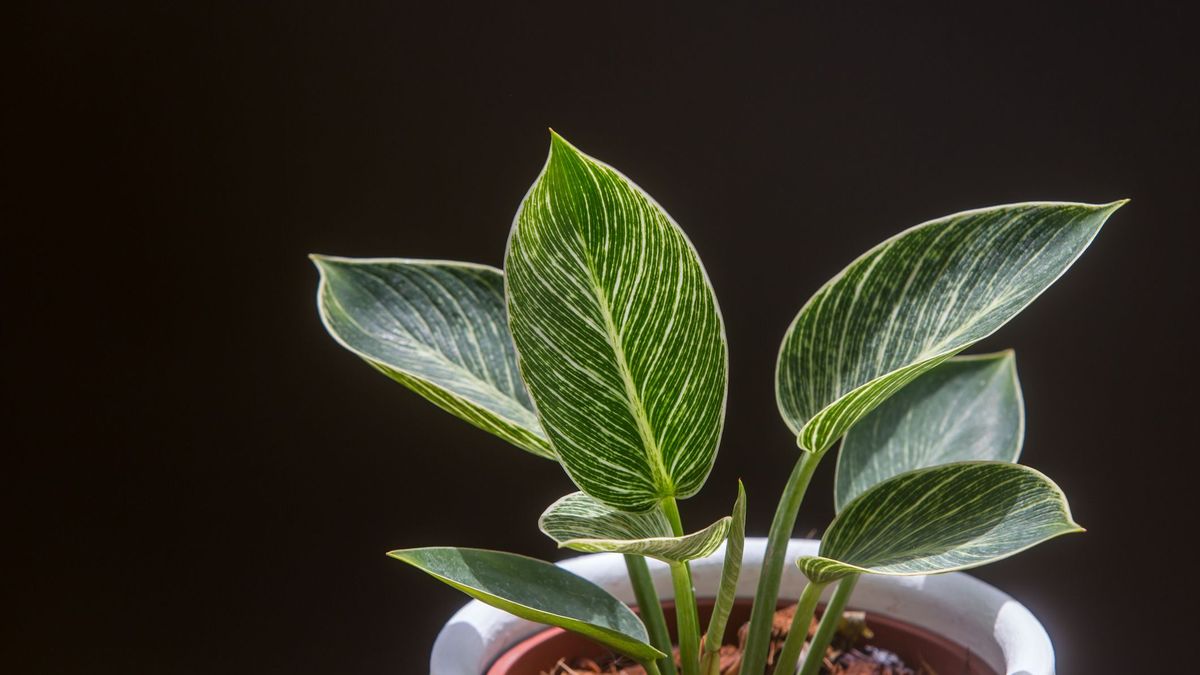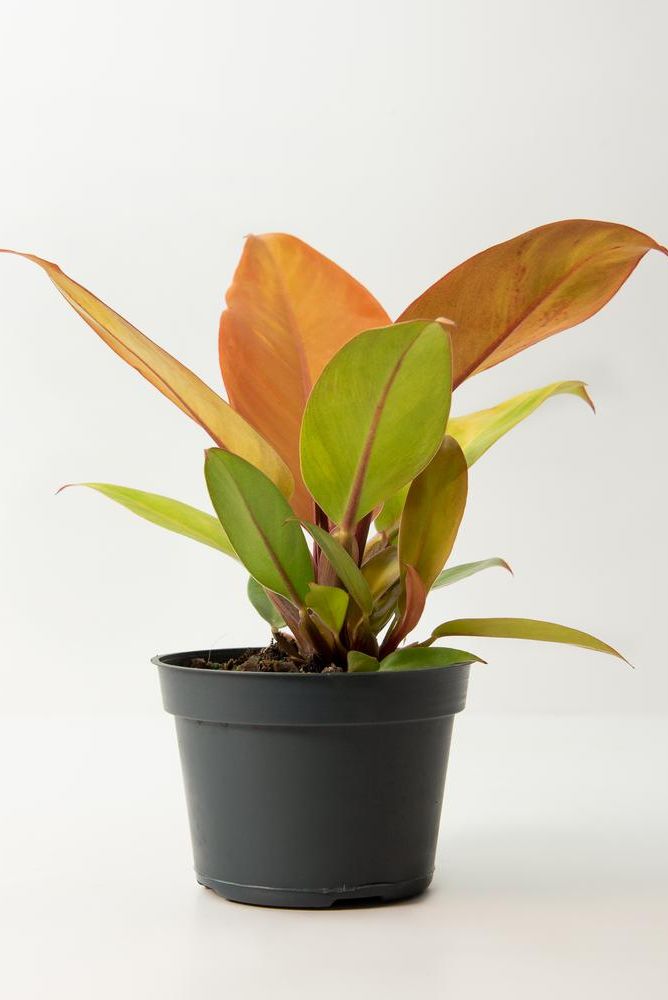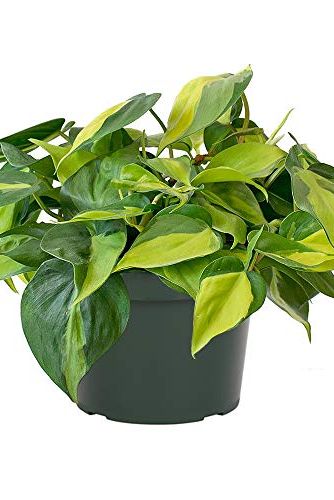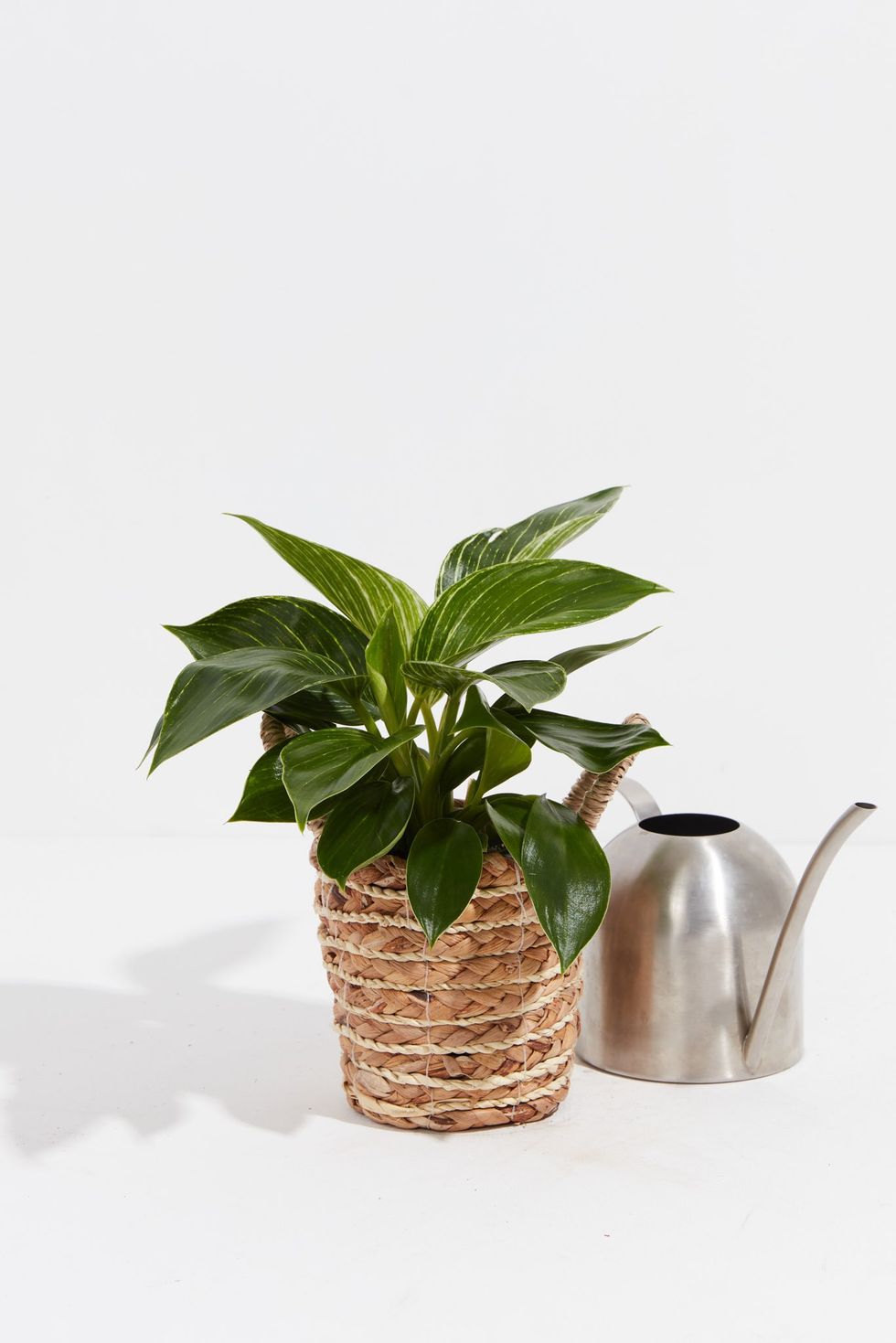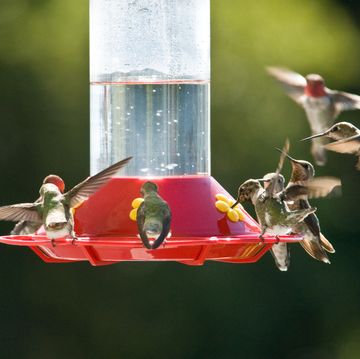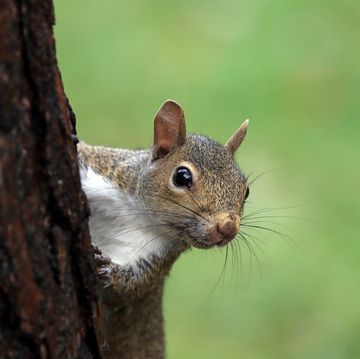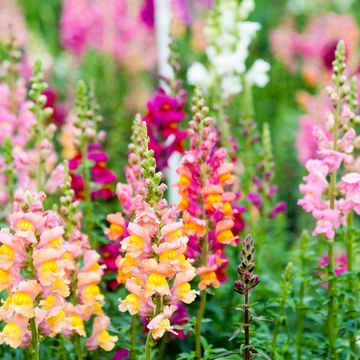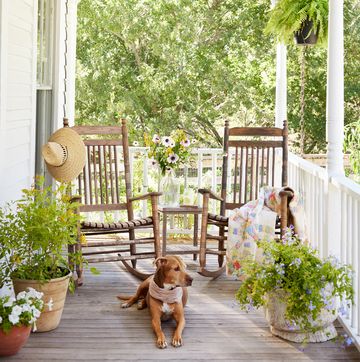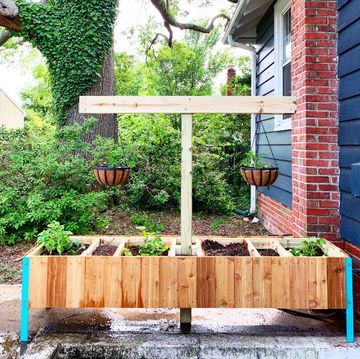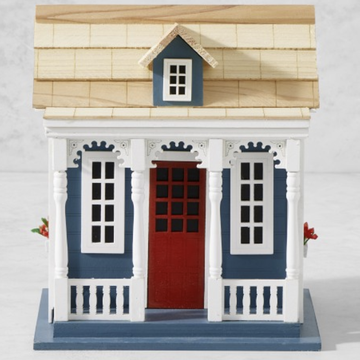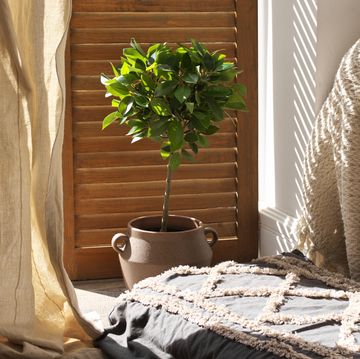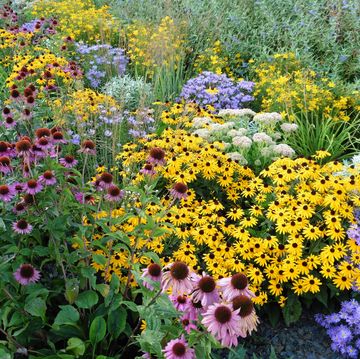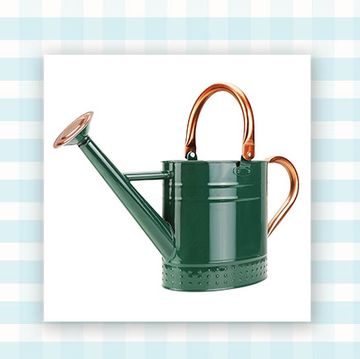You love your striking snake plant, your fun and funky bromeliad, and your pretty peacock plant. But now it’s time to add a beautiful philodendron to your houseplant collection. Native to tropical Central and South America, there are hundreds of species that come in a variety of sizes in both upright and vining forms. Their foliage ranges from glossy green to velvety, golden, orange-y or red, and they’re relatively hardy and inexpensive. “They’re not needy plants,” says Chris Satch, plant doctor for Horti and professor at the New York Botanical Garden. “These awesome plants do best when not tucked in a dark corner of the room.”
Here’s what else you need to know about how to care for philodendrons.
What kind of light do philodendrons need?
Philodendrons prefer bright light, preferably receiving about 1 to 4 hours of direct sunlight beaming in through an east or west window, says Satch. They’ll be okay in a south-facing window, too, but be careful in southern climates where the afternoon light may be too intense for some types. Though philodendrons will tolerate less light, their growth will slow down. For the fullest, leafiest plants, make sure they’re getting tons of bright light.
How do I water my philodendron?
It’s depends on the environmental conditions in your home, so it’s really best to check the pot every few days instead of following a schedule, says Satch. They don’t like to remain soaking wet, so stick your finger in the soil a few inches before watering; if it feels moist, wait a few days and check again. If it’s dry or dusty-feeling (or if the leaves are curling back because it’s saying, “Help!”), it’s time to water.
Use lukewarm water; tap water is fine. Make sure there’s a hole in the bottom of the pot so it drains. Place small plants in the sink and let water run for a few minutes to saturate the soil thoroughly. For large pots, make sure there’s a deep saucer under the pot and water until it pools beneath, then dump out the excess from the saucer. Also, don’t worry about the humidity level in your home; their waxy leaves retain moisture so they don’t need misting, says Satch.
Fertilize your philodendron.
Philodendrons aren’t picky about the type of fertilizer, but Satch prefers liquid because it’s instantly available to the plant. Follow the label instructions, and fertilize only during the growing season, which is spring to fall. “Fertilizer is like vitamins for your plant,” says Satch. “Plants make their own food through photosynthesis, but it helps give them a boost.”
Philodendrons are toxic to pets.
According to the ASPCA, philodendrons are not safe for pets, so keep this plant out of the reach of curious cats and dogs. All types of philodendrons contain insoluble calcium oxalates, which can cause oral irritation, drooling, swelling of the mouth, tongue and lips or difficulty swallowing. If you suspect your cat or dog has chewed on or ingested this plant, call your vet immediately.
Arricca Elin SanSone has written about health and lifestyle topics for Prevention, Country Living, Woman's Day, and more. She’s passionate about gardening, baking, reading, and spending time with the people and dogs she loves.
